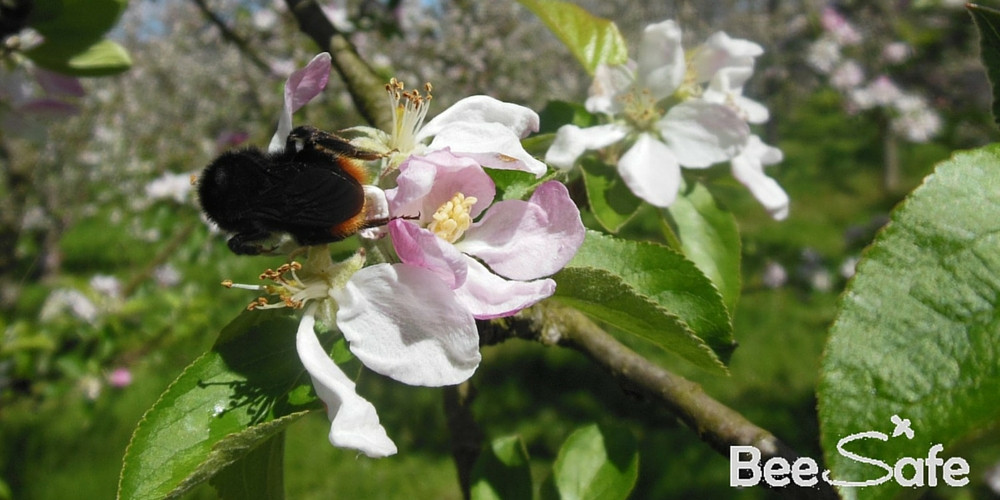In public perception, “ecology” is used mostly in the context of conservation and sustainability. The science with this name though, deals with the relationships between organisms, species, populations and their living (biotic) and dead (abiotic) environment. Every species is embedded in a net of relationsships with its surroundings: this is true for pollinators, their pests…


Last week Science published a study about the manmade dispersal of Deformed Wing Virus (DWV). This virus alone causes asymptomatic infections, but in association with Varroa destructor, it becomes a clinical disease closely related to winter losses of honeybees. The parasites are vectors for the virus and only together they cause symptoms like crippled wings…

Bees are an exception to the rule saying that biodiversity is highest in the tropics. This is not true for bees – the climate in the tropics is not favourable for the flowers they forage on. In tropical areas you find other pollinators – like bats or birds – much more often than bees. Hotspots…

The introduction of European bumblebees in Chile brought the only native species, Bombus dahlbomii, close to extinction. Two species were introduced in Chile, B. ruderatus and B. terrestris. It seems that the latter not only pushed back the native bees, but also transmitted diseases which had this devastating effect to the world’s biggest bumblebee. An…

Two weeks ago I wrote about my time in Thailand and how an old beekeeper preferred native Apis cerana to European A. mellifera. Unfortunately, it seems that this attitude did not persist: there are several notices that Asian honeybees are in decline. This is again bad news for biodiversity. Last year I saw a poster…

With the International Year of Pulses, the FAO wants to promote these very valuable dried seeds. Pulses ensure food security, they are highly nutritious and as leguminous plant they fix nitrogen in the soil . The seeds are food for people, the plant residues fodder for animals – they seem to be an important element…

0